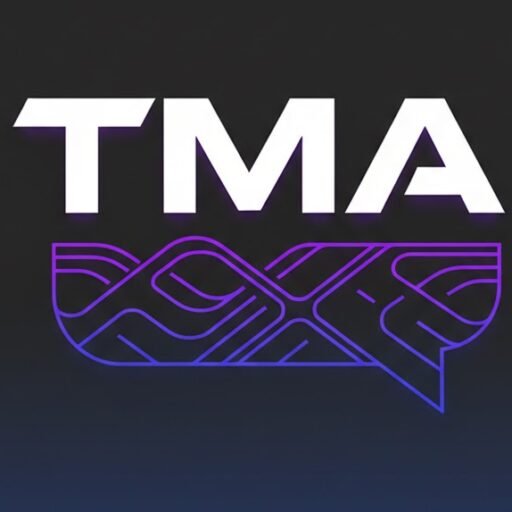AI: A Tale of Two Worlds
The Uneven Diffusion of Innovation
Microsoft’s “AI Diffusion Report” pulls no punches: AI is spreading faster than any technology in history, outpacing even the adoption rates of electricity, computers, and the internet. Over 1.2 billion people are already leveraging AI tools. However, this rapid expansion masks a stark reality – the benefits are far from evenly distributed.
The report identifies a widening gap between the “haves” and “have-nots”. Nations with robust infrastructure, readily available power, and digitally skilled populations are surging ahead. The UAE, with a 59.4% adoption rate, Singapore at 58.6%, and Norway at 51.9% are leading the charge. In contrast, regions of Sub-Saharan Africa, South Asia, and Latin America lag far behind, with adoption rates below 10%. This disparity is fuelled by unreliable power grids, limited internet access, a scarcity of devices, and a lack of basic digital literacy. The potential for a two-tiered world, where AI fuels prosperity for some while exacerbating inequalities for others, is a growing concern.
The Language Barrier: AI Speaks English
One of the most significant barriers to widespread AI adoption is language. Currently, the vast majority of AI models are trained primarily in English. This creates a significant disadvantage for billions of people who do not speak English as a first language. According to Microsoft, AI, in its current state, essentially “speaks English,” effectively excluding the majority of the world’s 7,000 languages from meaningful interaction with AI systems.
Low-resource languages, such as Hausa, Bengali, and Chichewa, are particularly under-represented in major AI developments. This limits access for users in those regions who cannot interact with tools that fail to understand their native tongues. This linguistic bias risks cementing a technological divide, defining who benefits from AI for decades to come, unless digital infrastructure and education can catch up.
The Infrastructure Imperative
The foundation of AI diffusion rests on a robust infrastructure. Power and computing capacity are as vital as algorithms and data. The US currently leads the world in data centre capacity with 53.7 gigawatts (GW), followed by China with 31.9GW, Germany with 8.5GW, and the UK with 7.4GW. Yet, over 700 million people still lack reliable access to electricity. Without addressing these fundamental infrastructure gaps, the promise of AI will remain out of reach for a significant portion of the global population.
Implications for the Crypto Space in 2025
The uneven diffusion of AI has profound implications for the crypto space. As we move further into 2025, AI is increasingly integral to blockchain technology, from enhancing security and optimising trading algorithms to powering decentralised AI marketplaces. However, if access to AI remains concentrated in the hands of a few, it risks creating a centralised power dynamic within a decentralised ecosystem.
Decentralisation Under Threat?
Consider the impact on decentralised finance (DeFi). If AI-powered trading algorithms are primarily accessible to large institutional players with access to superior infrastructure and data, smaller investors and developers in emerging markets will be at a distinct disadvantage. This could lead to a concentration of wealth and power within the DeFi ecosystem, undermining its core principles of inclusivity and accessibility.
Addressing the Skills Gap
The skills gap is another critical concern. As AI becomes more prevalent in blockchain development and deployment, a shortage of skilled professionals in developing regions could hinder the growth of their local crypto ecosystems. This could exacerbate existing inequalities and limit the participation of these regions in the global crypto economy. Microsoft’s call for coordinated efforts involving governments, education systems, industry, and civil society is especially relevant in this context. Initiatives aimed at bridging the skills gap in developing countries are crucial to ensuring a more equitable distribution of AI’s benefits within the crypto space.
The Path Forward
Addressing these challenges requires a multi-faceted approach. Investing in infrastructure, promoting multilingual AI development, and fostering digital literacy are essential steps. The crypto community itself has a role to play in promoting inclusivity by supporting open-source AI projects, developing accessible educational resources, and advocating for policies that promote equitable access to technology. Only through concerted effort can we ensure that AI empowers everyone, rather than exacerbating existing inequalities and creating a new digital divide that undermines the promise of a truly decentralised future.






